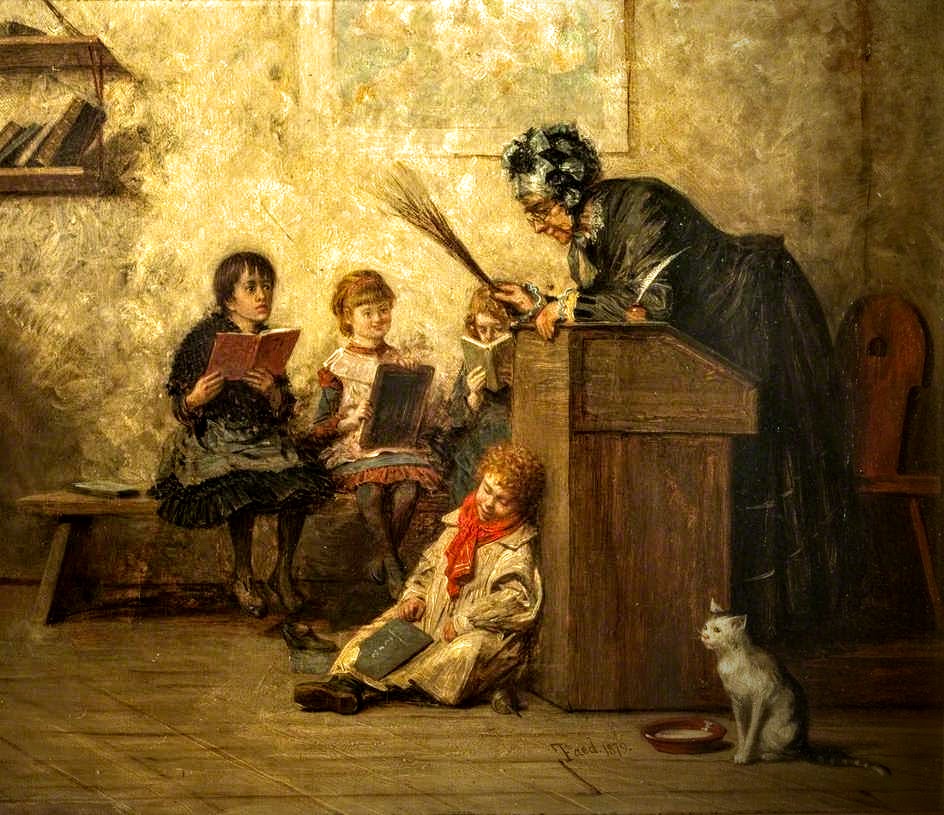Here are the most common Methods of Teaching English as Second Language
What is an Method of Teaching English as a Second Language, Approach, Design, and Procedure?
To define a Method of Teaching English as Second Language Richards and Rodgers (1986) review that almost all language teaching methods follow the same logic, therefore a thorough investigation into their essence is necessary. Read more.
Ernesto’s Method
The idea of this methodology is simple. It is to present constructions (sentences) with the most stimuli possible for the students in order for them to create a stronger synapse and therefore a memory of the word and its constructions. Read more.
The Classical Method
The first methods of teaching English as second language came well before English had the influence it has today. People used to learn Latin and ancient Greek in school. This started to change in the 17th century. Read more.
Grammar-Translation Method
This one of the most famous English Teaching Methods. The Grammar-Translation Method (GTM) evolved from the Classical Method that was used in the teaching of Latin and Greek. The method focuses on the literature and grammar of the target language, with passages being translated into and from the mother tongue. Read more.
The Direct Method
The direct method of teaching, which is sometimes called the natural method, and is often used in teaching foreign languages, refrains from using the learners’ native language and uses only the target language. Everyday spoken language. Student learns by associating meaning directly in English. Read more.
Audio-Lingual Method
The audio-lingual method, or Army Method, or New Key, is based on behaviorist theory, it postulates that humans could be trained through a system of reinforcement. Listening and speaking drills and pattern practice only in English. Read more.
Cognitive Grammar Approach
Cognitive grammar is an approach developed by Ronald Langacker, which hypothesizes that grammar, semantics, and lexicon exist on a continuum instead of as separate processes altogether. This approach to language was one of the first projects of cognitive linguistics. Read more.
The Audio Visual Method
The audiovisual method was first developed in France in the 1950s. This method is intended for teaching everyday language at the early stage of second/foreign language learning. It was based on a behaviourist approach, which held that language is acquired by habit formation. Read more.
The Bilingual Method
The bilingual method was developed by C.J. Dodson (1967) as a counterpart of the audiovisual method. In both methods the preferred basic texts are dialogues accompanied by a picture strip. The bilingual method, however, advocates two revolutionary principles based on the results of scientifically controlled experiments in primary and secondary schools. Read more.
The Communicative Language Teaching
Communicative language teaching (CLT), or communicative approach, is a concept that language learning occurs when the teacher gets learners to see the language pragmatically to mediate meanings for a purpose, to do things which resemble in some measure what they do with their own language. Read more.
The Lexical Syllabus
The basic concept on which this approach rests is the idea that an important part of learning a language consists of being able to understand and produce lexical phrases as chunks. Students are taught to be able to perceive patterns of language (grammar) as well as have meaningful set uses of words at their disposal. Read more.
The Natural Approach
Is a method developed by Stephen Krashen and Tracy Terrell in the late 1970s. It claims that language learning is a reproduction of the way humans naturally acquire their native language .It places decreased importance on conscious grammar study and explicit correction of student errors. English speaking delayed until students are ready; meaning clarified through actions and visuals. Read more.
The Structural Approach
The Structural Approach is a technique wherein the learner masters the pattern of sentence. It is based on the assumptions that language can be best learnt through a scientific selection and grading of the structures or patterns of sentences and vocabulary. By teaching learners to know the forms of the language as a medium and the meaning they incorporate; that they will learn how to do things with this knowledge on their own. Read more.
The Silent Way
The Silent Way was devised by Caleb Gattegno. It is based on the premise that the teacher should be silent as much as possible in the classroom but the learner should be encouraged to produce as much language as possible. Read more.
Suggestopedia
Suggestopedia was developed by Georgi Lozanov. The main idea being that accelerated learning can take place when accompanied by de-suggestion of psychological barriers and positive suggestion. Relaxed atmosphere, with music; encourages subliminal learning of English . Read more.
Community Language Learning
This English Teaching Method is an approach in which students work together to develop what aspects of a language they would like to learn. It is based on the Counselling-approach in which the teacher acts as a counselor, while the learner is seen as a client and collaborator. Understanding of English through active student interaction. Read more.
Total Physical Response
Total physical response is a language teaching method developed by James Asher. It is based on the coordination of language and physical movement. Read more.
Content-based Instruction
This English Teaching Method is called Content-based instruction and it focuses not on the language itself, but rather on what is being taught through the language; that is, the language becomes the medium through which something new is learned. Content based on relevance to students’ lives: topics, tasks, problem-solving. Read more.
Learning Strategy Training
Learning Strategy Training is based on problems that students encounter in the process of learning target language. Teach learning strategies, cooperation; activities vary according to different intelligences. Read more.
Cooperative Learning
Cooperative Language Learning (CLL) is part of a more general instructional approach also known as Collaborative Learning (CL). This English Teaching Method is an approach to teaching that makes maximum use of cooperative activities involving pairs and small groups of learners in the classroom. Read more.
Multiple Intelligences Emerging Uses of Technology in Language Teaching

CALL (Computer-assisted Language Learning) are all the softwares and websites dedicate to language learning. There is also Electronic Text Corpora which is the collections of language texts, most often written, but sometimes spoken texts in transcript form. Read more.
Ernesto’s Method
This my methodsof Teaching English as Second Language. This English Teaching Method is a classroom method that intends to teach to first grade students the most common verbs, nouns and adjectives. The premises is that students learn second languages by creating memories within each word and as the frequency occurrence of that word increases stronger the memories become. It uses corpora and creativity to incorporate the most frequent words into constructions (sentences). Read more.
What does it take to become an English Second Language teacher?
